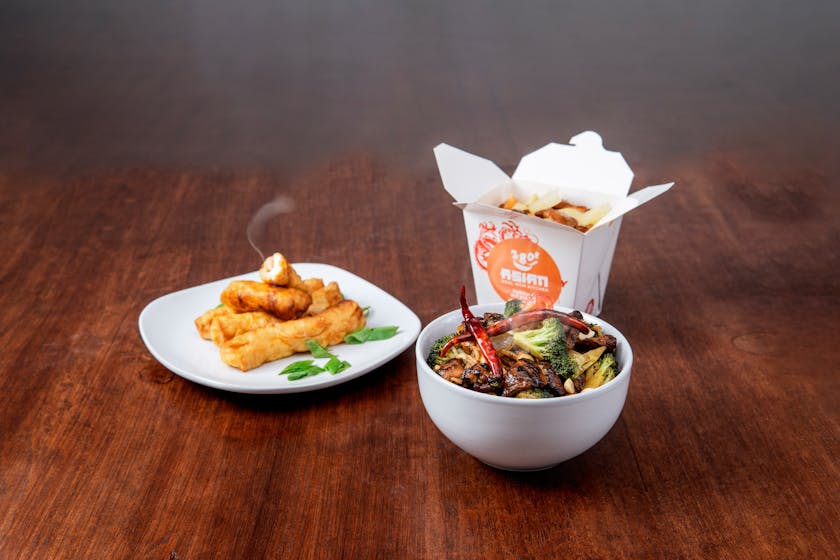With the growing importance of emergency preparedness, bulk meal storage is becoming a crucial skill to master. Whether you’re a seasoned prepper or just starting to consider the benefits of once-a-month cooking, having a plan for your food supply is essential. This guide will walk you through the steps of storing bulk meals effectively, ensuring that in times of emergency, you and your loved ones will be well-fed and safe.
Understanding Bulk Meal Storage
When it comes to bulk meal storage for emergency preparedness, the first step is understanding what it entails. Bulk meal storage is the process of preparing and preserving large quantities of food at once, which can then be consumed over an extended period. This approach not only saves time and money but also provides the security of having meals ready in case of an unforeseen event.
Selecting the Right Foods for Bulk Storage
Choosing the right foods for your bulk meal storage is essential. Focus on non-perishable items that have a long shelf life and require minimal preparation. Grains, legumes, dried fruits, and powdered milk are some staples to consider. When selecting ingredients, consider their nutritional value and how they will fit into your overall meal planning.
Safe Food Preparation and Packaging
Once you’ve selected your foods, safe preparation is key. Ensure that all items are cooked thoroughly to eliminate any bacteria that could spoil your stored meals. After cooking, portion your meals into airtight containers or vacuum-sealed bags. This will prevent moisture and pests from getting in and spoiling your food.
Proper Labeling and Organization
Labeling is crucial in bulk meal storage. Clearly mark each container with the contents and the date it was prepared. This will help you keep track of your inventory and ensure that you use the oldest items first, following the first-in, first-out (FIFO) method.
Optimizing Shelf Life
To maximize the shelf life of your bulk meals, store them in a cool, dark, and dry place. Basements or cellars are often ideal, but make sure the area is free from drastic temperature changes and not prone to flooding. Additionally, consider using oxygen absorbers in your containers to extend the freshness of your meals.
Regular Rotation and Usage
Regularly rotate your bulk meal storage to prevent spoilage. Incorporate these stored meals into your regular diet to ensure they are used before their expiration date. This practice also allows you to get accustomed to the taste and preparation of your emergency food, so it won’t be a drastic change if you need to rely on it.
Freezing for Long-Term Storage
Freezing is an excellent option for extending the life of your bulk meals. Prepared dishes like casseroles, soups, and stews can be frozen and then thawed when needed. Remember to leave some space in your containers as liquids expand when frozen, and always use freezer-safe packaging to prevent freezer burn.
Emergency Cooking Methods
In the event of an emergency where power is limited, having alternative cooking methods is essential. Solar ovens, propane stoves, or even a simple campfire can be effective ways to prepare your stored meals. Familiarize yourself with these methods before an emergency strikes.
By following these guidelines, you’ll have a well-organized system for bulk meal storage for emergency preparedness. Not only will this provide peace of mind, but it will also ensure that you’re ready to face any situation with a well-stocked pantry of nutritious, ready-to-eat meals.



